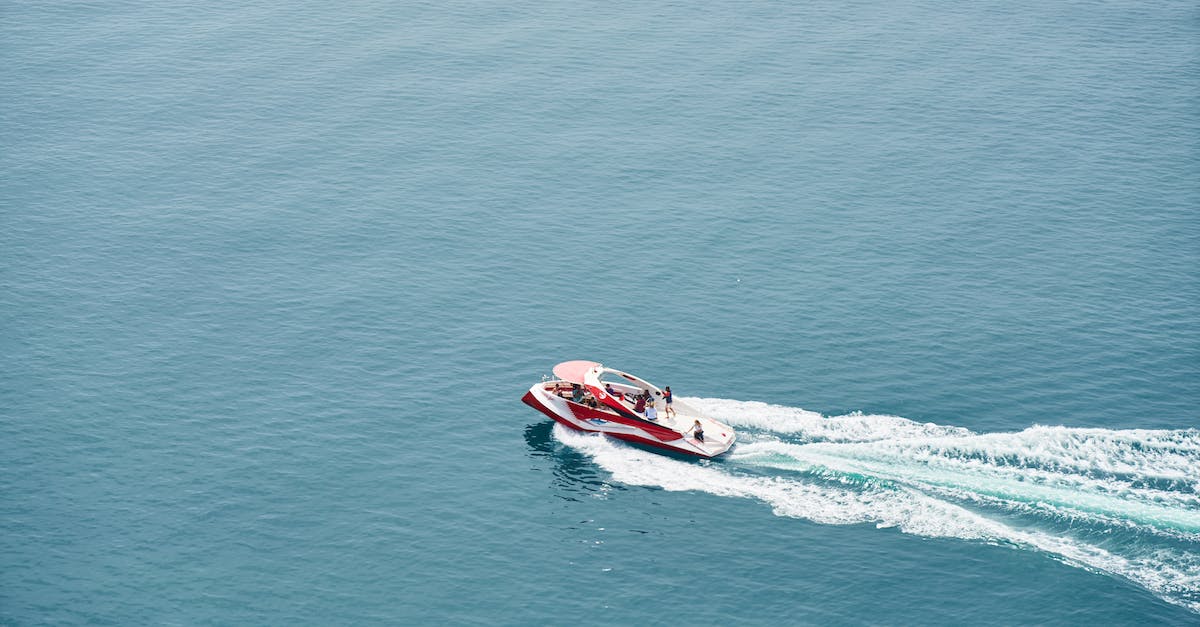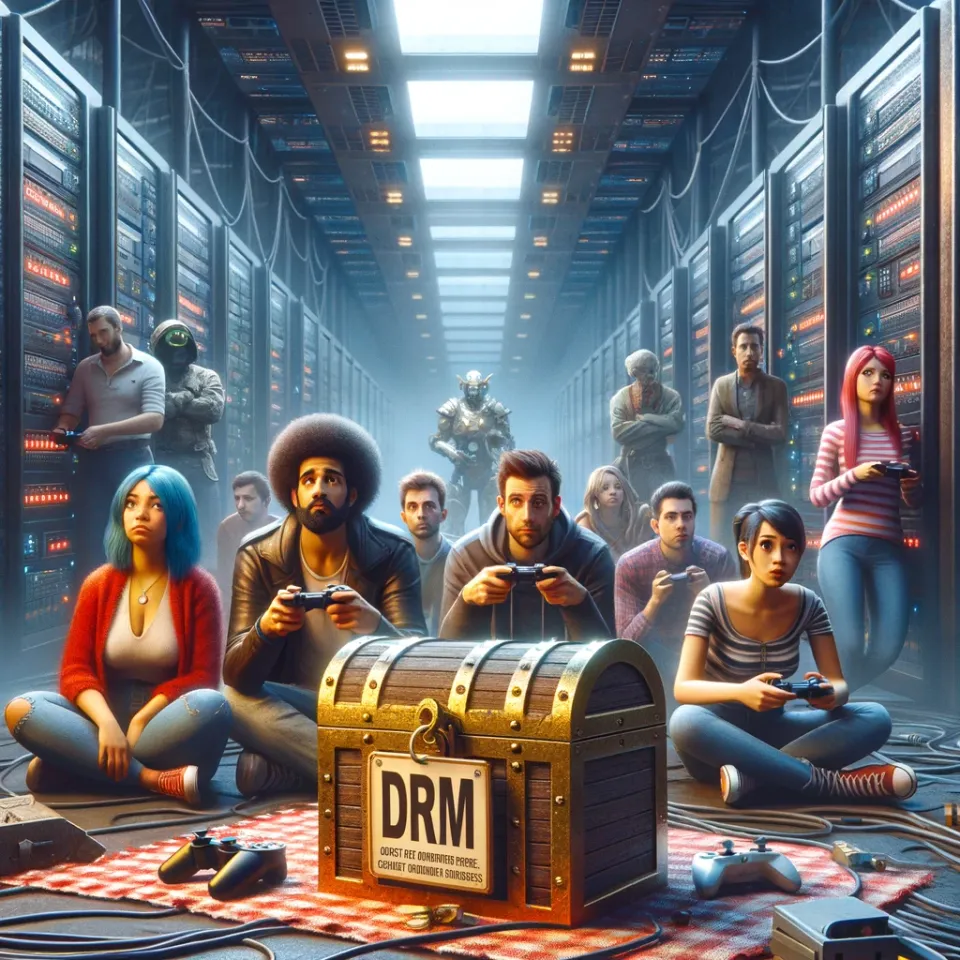California Regulator Suspends General Motors' Cruise Autonomous Vehicle Deployment and Driverless Testing Permits

Introduction
The California Department of Motor Vehicles (DMV) has suspended General Motors’ (GM) Cruise autonomous vehicle (AV) deployment and driverless testing permits due to concerns regarding the safety of the technology. This decision comes after a series of accidents involving Cruise vehicles, which the DMV claims pose an unreasonable risk to public safety.
Major Setback for GM’s Self-Driving Technology Unit and the AV Industry
The suspension of Cruise’s permits is a significant blow to GM’s self-driving technology unit and the nascent autonomous vehicle industry. Cruise had been touted as a “giant growth opportunity,” with GM CEO Mary Barra forecasting $50 billion in annual revenue by 2030. However, the automaker reported a loss of $723 million on Cruise during the third quarter.
Details of the Suspension
The DMV’s decision to suspend Cruise’s permits is effective immediately. However, it does not impact the company’s permit for testing with a safety driver. Cruise has stated that it will be pausing operations of its driverless AVs in San Francisco in response to the suspension.
Incident Review and Analysis
The California Department of Motor Vehicles reviewed an incident that took place on October 2nd involving one of Cruise’s self-driving vehicles. In this incident, the vehicle attempted to brake but collided with a pedestrian who had previously been struck by a hit-and-run driver. Cruise has stated that they are currently conducting an analysis to identify potential enhancements to the AV’s response to such rare events.
Previous Investigations and Scrutiny
In August, the regulator initiated an investigation into concerning incidents involving Cruise’s autonomous vehicles in San Francisco. As a result of these incidents, the DMV requested that Cruise remove half of its robotaxis from the roads. In that same month, a Cruise robotaxi was involved in a collision with an emergency vehicle in San Francisco. Despite these incidents, Barra has maintained that Cruise’s robotaxis have better safety records than human drivers.
Implications for the Autonomous Vehicle Industry
The suspension of Cruise’s permits raises concerns about the overall safety and readiness of autonomous vehicles for public use. While the industry has made significant progress in developing self-driving technology, incidents like these highlight the need for continuous improvement and rigorous testing protocols.
Conclusion
The suspension of General Motors’ Cruise autonomous vehicle deployment and driverless testing permits by the California DMV is a blow to GM’s self-driving technology unit and the nascent AV industry. The decision, prompted by concerns over the safety of the autonomous technology and a series of accidents involving Cruise vehicles, underscores the challenges and responsibilities that come with developing and deploying self-driving vehicles. It also serves as a reminder that safety and public trust should be paramount as the industry continues to advance.




